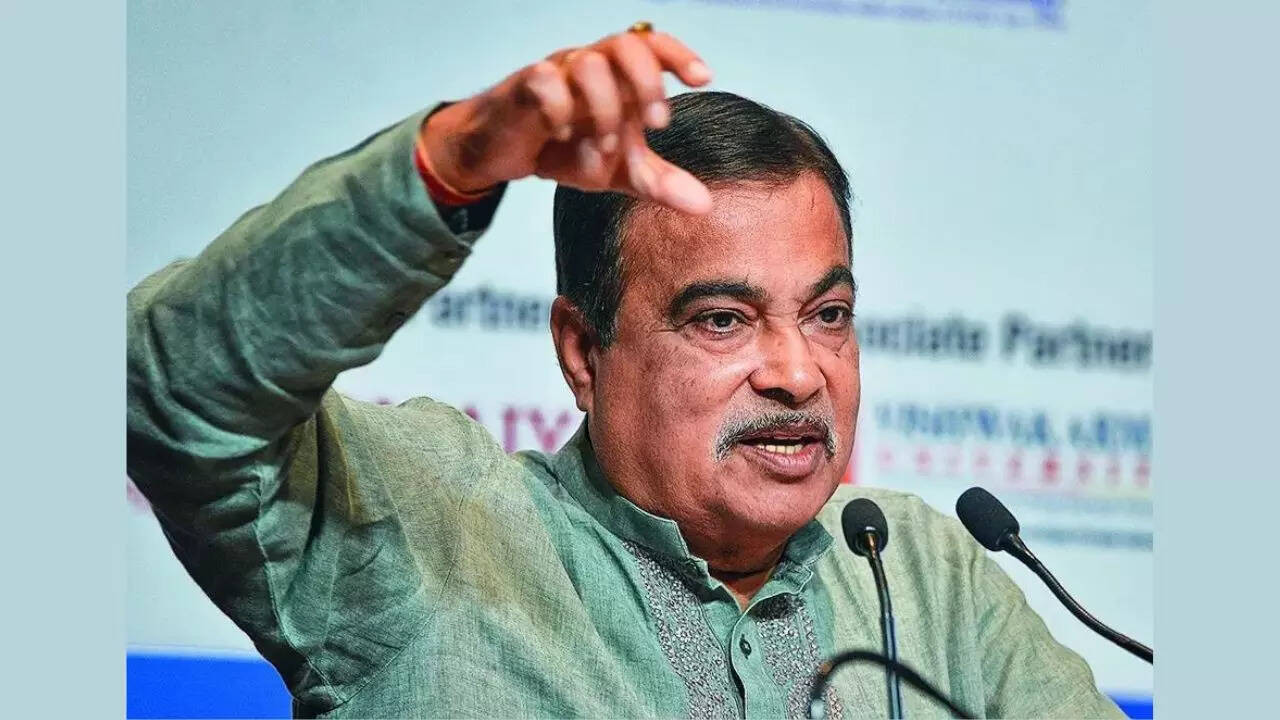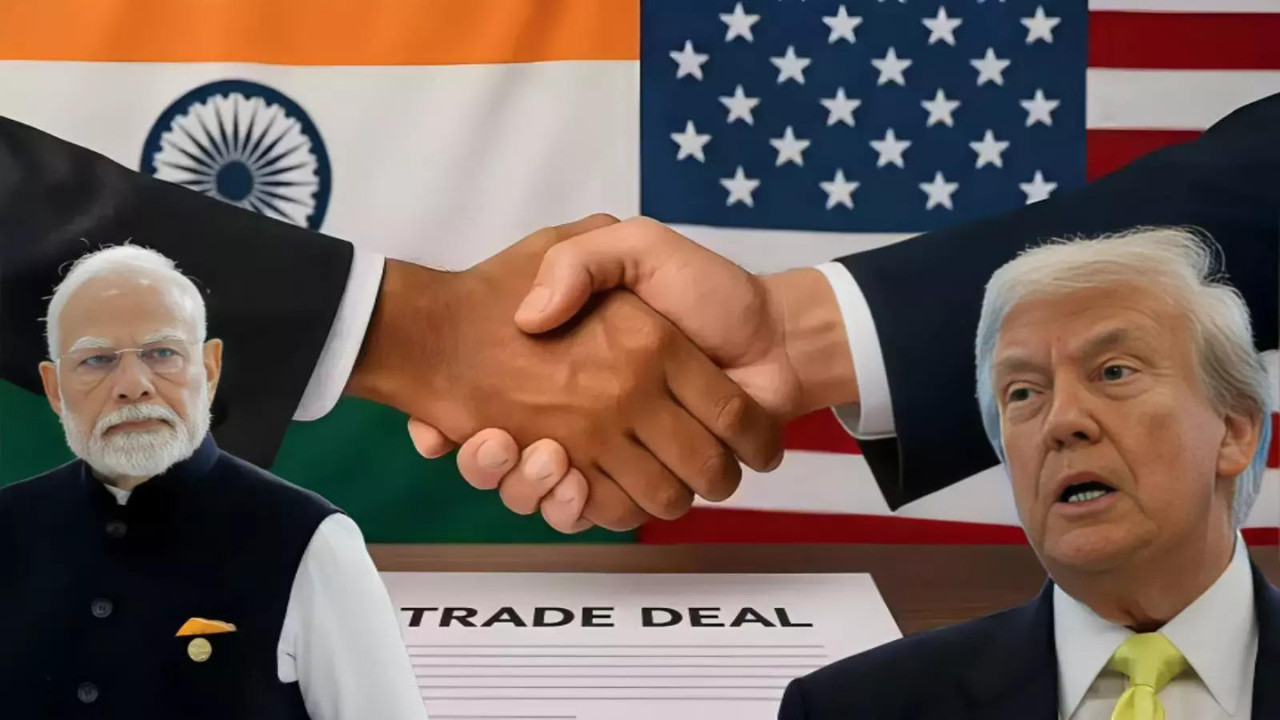Electric vehicle prices are set to match petrol and diesel counterparts within four to six months, according to Union Minister Nitin Gadkari. He highlighted a significant drop in battery costs, from $150 to $55-$65 per kilowatt hour. Gadkari also urged the development of electric tractors and alternative fuel engines to reduce diesel imports and pollution.
The EV Revolution: Is Affordable Electric Mobility Finally Here?
For years, the promise of electric vehicles (EVs) has danced tantalizingly on the horizon: cleaner air, quieter roads, and an end to our dependence on fossil fuels. But the sticking point has always been price. The hefty upfront cost of an EV has kept it out of reach for many, relegating it to the realm of early adopters and environmentally conscious drivers with deep pockets.
But could that be about to change?
Nitin Gadkari, India’s Minister for Road Transport and Highways, recently dropped a bombshell, suggesting that the price of EVs could soon be on par with their petrol and diesel counterparts. Not in some distant, futuristic utopia, but within a mere 4-6 months. If true, this would be a monumental shift, potentially unlocking the EV revolution and accelerating the transition to sustainable transportation.
What’s Driving the Optimism for Cheaper EVs?
Gadkari’s confidence stems from advancements in battery technology. He specifically pointed to the declining cost of lithium-ion batteries, the powerhouse behind most EVs. As production scales up and new, more efficient battery chemistries emerge, the price per kilowatt-hour (kWh) is steadily decreasing. This, in turn, brings down the overall cost of the vehicle.
Another contributing factor is the government’s continued push for localization of EV components. By incentivizing domestic manufacturing of batteries, motors, and other critical parts, India can reduce its reliance on imports and further drive down costs. This also creates jobs and strengthens the domestic EV ecosystem.

The Ripple Effect of Affordable Electric Vehicles
The implications of cost-parity between EVs and internal combustion engine (ICE) vehicles are far-reaching. For starters, it would significantly broaden the appeal of EVs to a much larger segment of the population. No longer would consumers need to justify the higher price tag with environmental concerns alone. The economic argument would become compelling.
Imagine a scenario where you could buy an electric car for the same price as a petrol car, but with significantly lower running costs. The savings on fuel, maintenance, and even potential government incentives could quickly add up, making the EV a much more attractive proposition in the long run.
Furthermore, widespread EV adoption would have a positive impact on air quality, particularly in densely populated urban areas. Reduced emissions would lead to cleaner air, improved public health, and a more sustainable environment for future generations. This shift aligns perfectly with global efforts to combat climate change and reduce our carbon footprint.
However, the widespread adoption of affordable electric vehicles hinges on more than just price. A robust charging infrastructure is crucial to alleviate range anxiety and ensure that EVs are convenient to use. The government and private players need to continue investing in charging stations, particularly in public spaces and along highways.
Challenges Remain on the Road to Electrification
While Gadkari’s prediction is undeniably exciting, it’s important to acknowledge that challenges remain. The supply chain for critical battery materials, such as lithium and cobalt, is still vulnerable to disruptions and geopolitical factors. Ensuring a sustainable and ethical supply chain is essential for the long-term viability of the EV industry.
Moreover, the grid’s capacity to handle a large influx of EVs needs to be addressed. Upgrading the grid infrastructure and promoting smart charging solutions are crucial to prevent overloading and ensure a reliable supply of electricity.
Finally, consumer awareness and education play a critical role. Many people still have misconceptions about EVs, such as their range, charging time, and performance. Addressing these concerns through public awareness campaigns and educational programs is essential to drive adoption. You might want to explore more about the environmental impact of EVs to become more informed.
The Electric Future is Closer Than We Think
Despite the challenges, the momentum behind the EV revolution is undeniable. With battery prices falling, government support increasing, and consumer demand growing, the future of transportation is undoubtedly electric. If Gadkari’s prediction comes to fruition, we could be on the cusp of a major turning point, where affordable electric vehicles become the norm rather than the exception. This will unlock a future where cleaner air, quieter roads, and sustainable mobility are within reach for everyone. The next few months will be crucial in shaping the trajectory of the EV industry, and we’ll be watching with eager anticipation.







